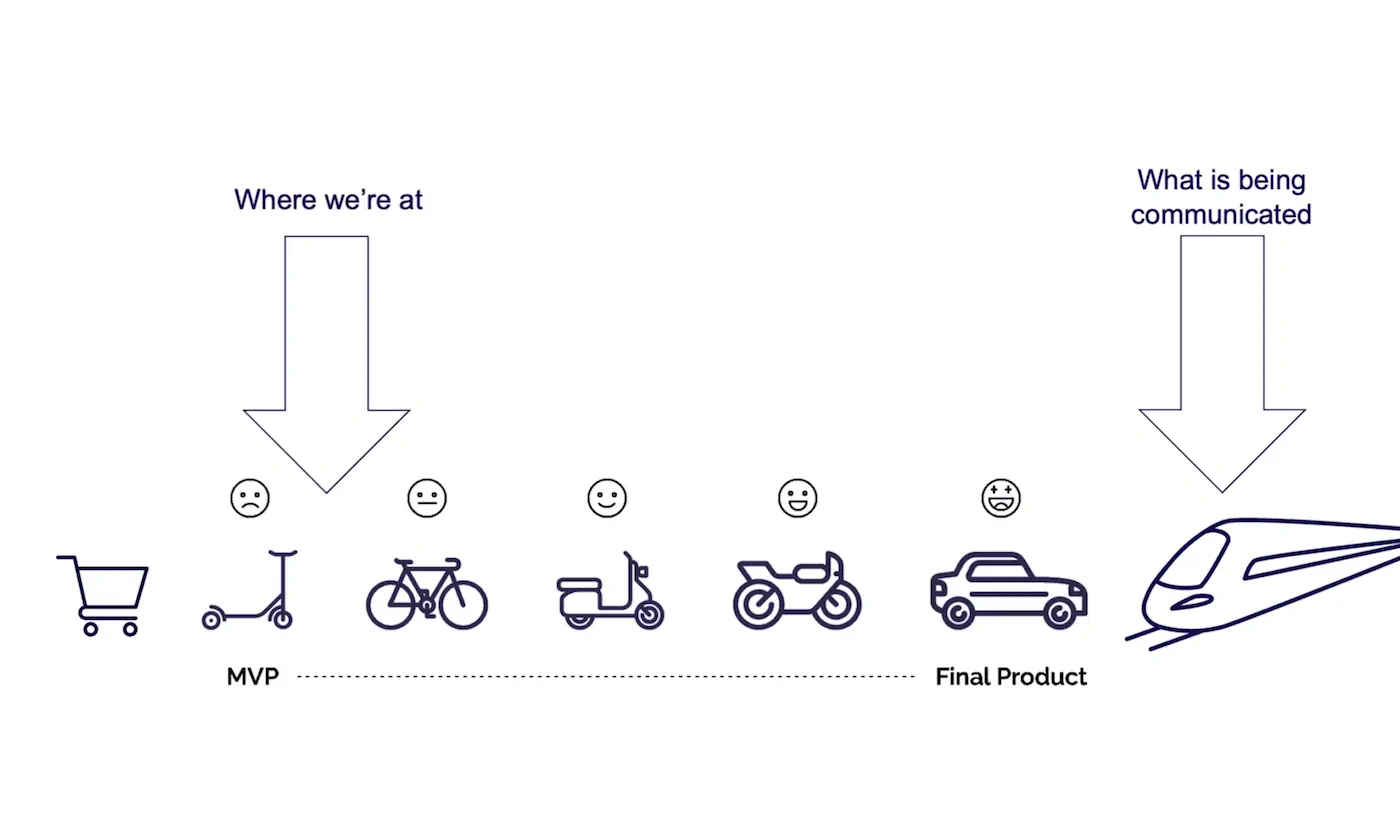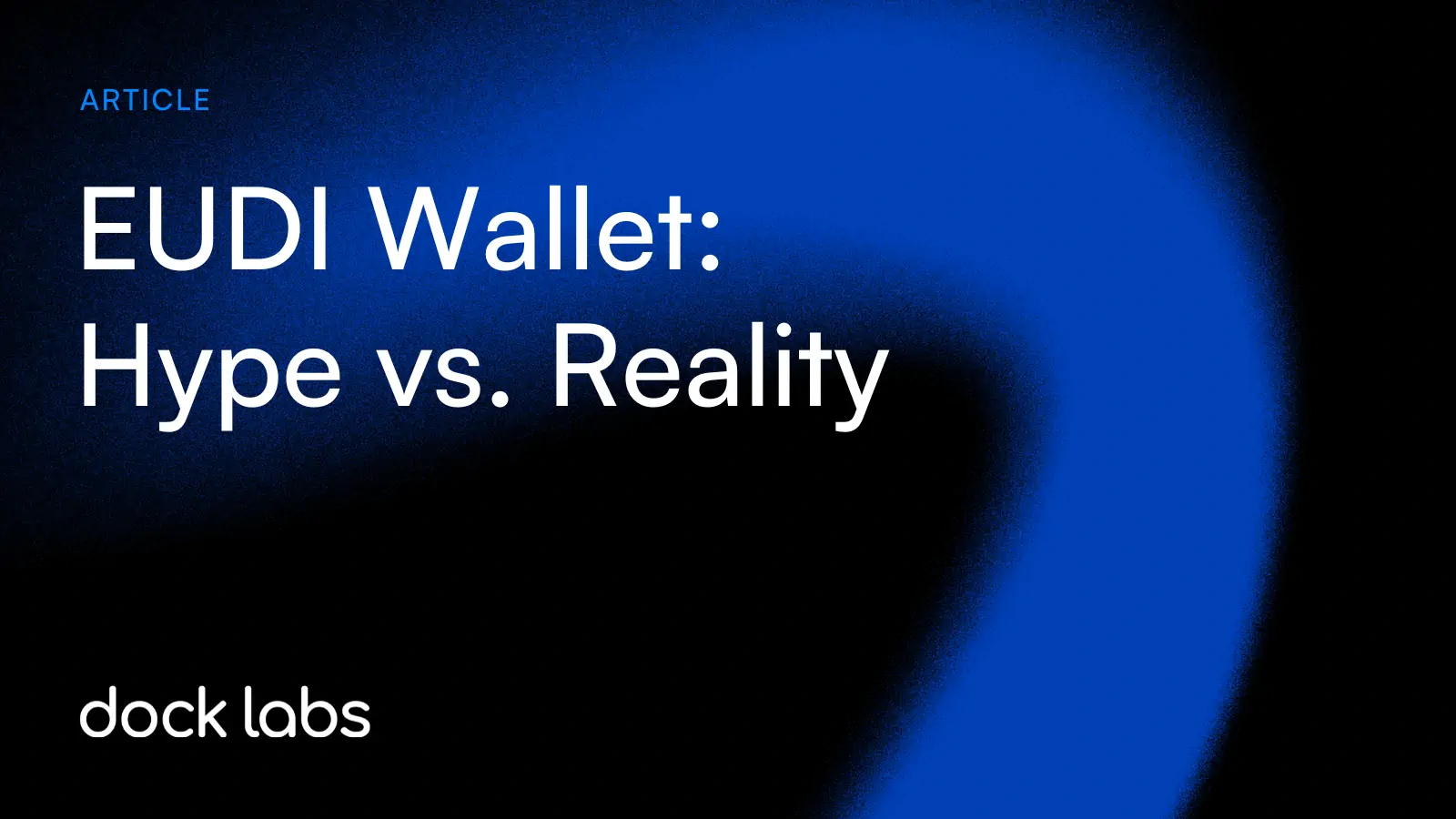At our recent live event about the EUDI wallet, Esther Makaay (VP of Digital Identity at Signicat) shared an insightful slide about the gap between expectations and reality.

What We’re Expecting
The European Commission envisions the EU Digital Identity Wallet as a seamless digital identity tool that will allow users to:
- Verify identity when opening a bank account online
- Authorize payments
- Store and share education credentials
- Pick up prescribed medication in another country
- Buy a prepaid SIM card in a foreign country
- Store visas, passports, and travel documents
- Check into flights and hotels
- Prove employment status for business transactions
This paints a picture of a future where identity verification is frictionless, payments are instant, and cross-border interactions are seamless.
But how close are we to this reality?
Where We Actually Are
As Esther pointed out, while policymakers and businesses imagine a high-speed train, we are actually still at the scooter stage.
The foundation is being built, and while there have been early successes in payments and cross-border travel pilots, there are still significant challenges ahead:
- Interoperability: The EUDI Wallet landscape is highly fragmented. Each wallet must be certified at the national level and tied to specific eID schemes, meaning countries may develop wallets that do not seamlessly interact with one another. Existing solutions like BankID and other eID providers will continue to operate alongside wallets, leading to a complex identity ecosystem where interoperability remains a major challenge between national wallets and private-sector solutions.
- Regulatory Alignment – Many of the technical standards and regulatory frameworks for EUDI Wallets are still evolving. The Architecture Reference Framework (ARF) is not yet finalized, meaning requirements may shift over time. As a result, businesses looking to integrate with EUDI Wallets face uncertainty about compliance and technical requirements, which could slow adoption.
- Adoption Hurdles – Even once wallets are available, adoption will take time. Governments and private-sector companies must integrate EUDI Wallets into their services, but without clear alignment on standards and use cases, businesses may hesitate to invest in development. Many technical specifications are still in early stages and not fully tested at scale, raising concerns about reliability and user experience in real-world implementations.
Why This Matters Now
The coming months will be critical in determining how the EUDI Wallet evolves.
Companies that understand its trajectory and prepare accordingly will be in the best position to adapt and lead as the ecosystem develops.
Staying informed about early pilots, regulatory developments, and industry adoption will be key to navigating this transition.
The road to a fully functional EUDI Wallet is just beginning.






